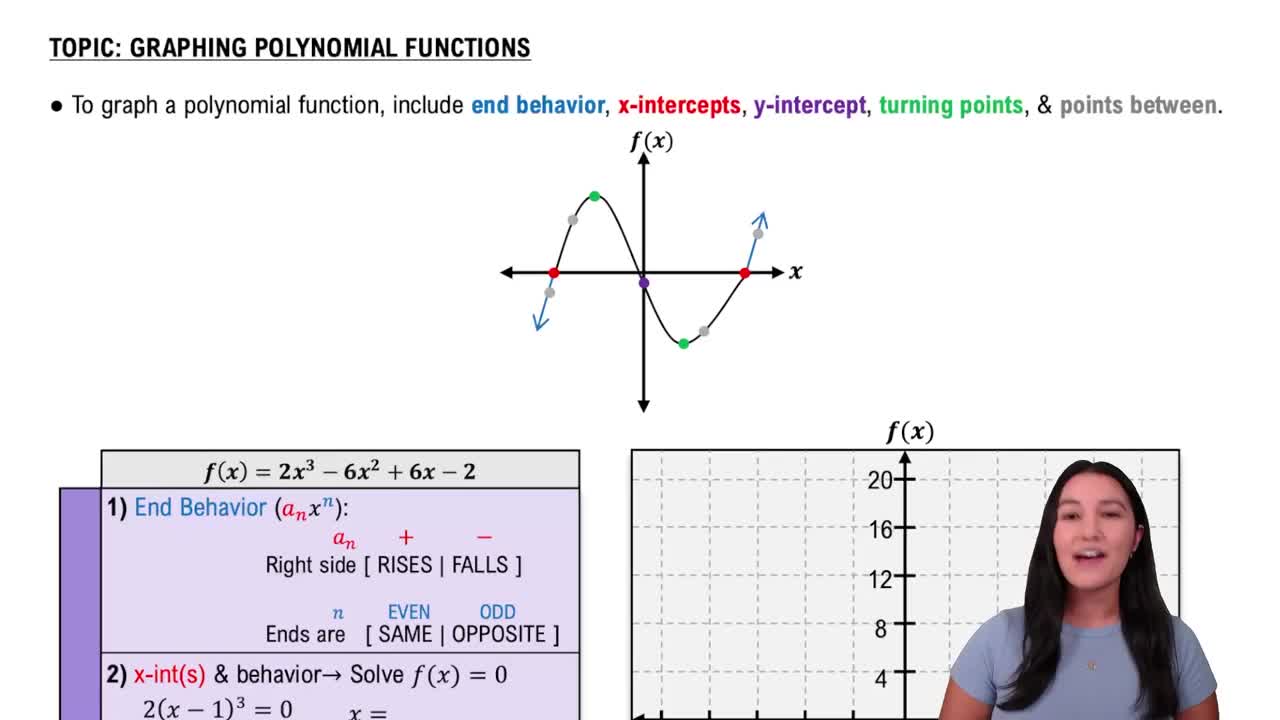Here are the essential concepts you must grasp in order to answer the question correctly.
Set Union
Set union is a fundamental operation in set theory that combines all unique elements from two or more sets. The union of sets A and B, denoted as A ∪ B, includes every element that is in A, in B, or in both. For example, if A = {1, 2} and B = {2, 3}, then A ∪ B = {1, 2, 3}.
Recommended video:
Finding the Domain and Range of a Graph
Elements of a Set
An element of a set is an individual object or number that belongs to that set. Sets are defined by their elements, which can be numbers, letters, or other sets. In the context of the question, the elements {16, 18, 21, 50} and {15, 16, 17, 18} are the distinct items that will be combined in the union operation.
Recommended video:
Graphing Polynomial Functions
Unique Elements
In set theory, a set is defined by its unique elements, meaning that duplicates are not counted. When performing operations like union, any repeated elements from the combined sets are included only once in the resulting set. For instance, in the union of {1, 2} and {2, 3}, the result is {1, 2, 3}, with '2' appearing only once.
Recommended video:
Factor Using the AC Method When a Is 1
 Verified step by step guidance
Verified step by step guidance


